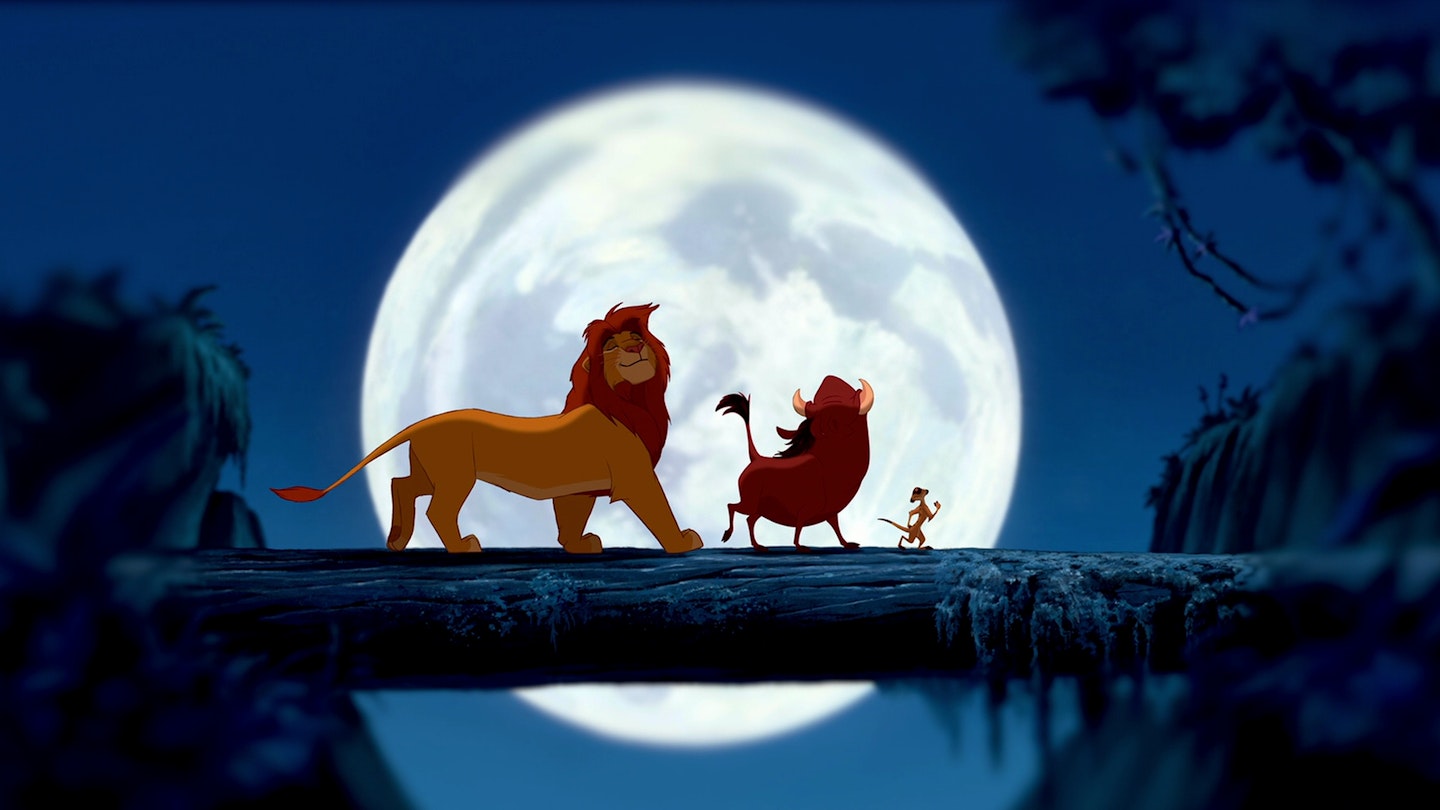Three years after Psycho, Alfred Hitchcock was casting about for more suitably disturbing entertainment. He hit on a story by Daphne Du Maurier, then threw it away, essentially keeping only the title and the idea of birds attacking people. The picture is a slow, deliberate, technically ingenious exercise in blind fear, as mysterious massed bird attacks strike at a small community and a smug heroine. "All you can say about The Birds is nature can be awful rough on you," was Hitchcock's summation of his film's theme, but an inspiration, he revealed, came from his own memories of wartime bombings. "The helplessness of the people [in The Birds] is no different than people in an air raid with nowhere to go... You don't know where to go. Where can you go? You're caught. You're trapped."
Typically, horror films in which critters attack, feature beasts that are dangerous to begin with (sharks, snakes, velociraptors), or that have become big and nasty because of radiation, pollution, genetic engineering, sorcery or mutation (giant mutant killer ants, giant mutant killer bunnies, giant mutant killer tomatoes etc). Pseudo-scientific rationales are usually de rigueur. The concept Hitchcock and screenwriter Evan Hunter arrived at was deliciously different: a 40s screwball comedy-romance superimposed over an inexplicable tale of terror.
The air of normality makes the horror to come all the more real and effective. Another ominous clue before Hitchcock lowers the boom is the complete absence of music. His favourite composer, Bernard Herrmann, served as sound consultant but the "score" is an experimental electronic melange of peeps, caws and cries from ever-present, agitated birds. The most famous sequence endures as one of the creepiest ever concocted. Melanie sits smoking outside the school while the children inside sing a repetitive nursery rhyme. Behind her a crow alights on the jungle gym. She smokes, oblivious. Then there are four crows... a fifth... a sixth and seventh. She smokes a while, notices a bird overhead, turns her head... and there are hundreds perched on the jungle gym, on rooftops, all around the playground. Waiting silently. Gulp. When Melanie and Annie hurry the children quietly away it is the waiting birds that we're compelled to watch. We hear what they hear, the sudden sound of the children's feet, running away. The birds take to the sky and the savage attack begins.
A highlight is the 13-minute scene at The Tides Restaurant, which functions like a one-act play, bringing together a group including an ornithologist, a Bible-quoting barfly, a fisherman and an anxious mother to air speculations and bear witness to the most spectacular set piece, an attack in which a man is immolated, fiery panic ensues, seagulls bear down from far above the town (a ten-second shot on which matte artists spent three months painting in the birds), and Melanie is trapped — like a caged bird — in a phone booth.
Hedren, making her film debut as the last of Hitchcock's cool blondes, nearly lost an eye in another great sequence: the climactic attic siege during which birds were repeatedly flung at her for a montage attack, strikingly like Psycho's shower scene. But for an audience the most unnerving revelation is that they never regain emotional control after her ordeal. What occurs in The Birds is never explained or resolved. Theories, ornithological, biblical and psychological, are hinted at. But in the end we're left with the birds, watching as the people abandon the house to them. Dawn rises, and a final expectation is confounded: the words The End do not appear on the screen.
